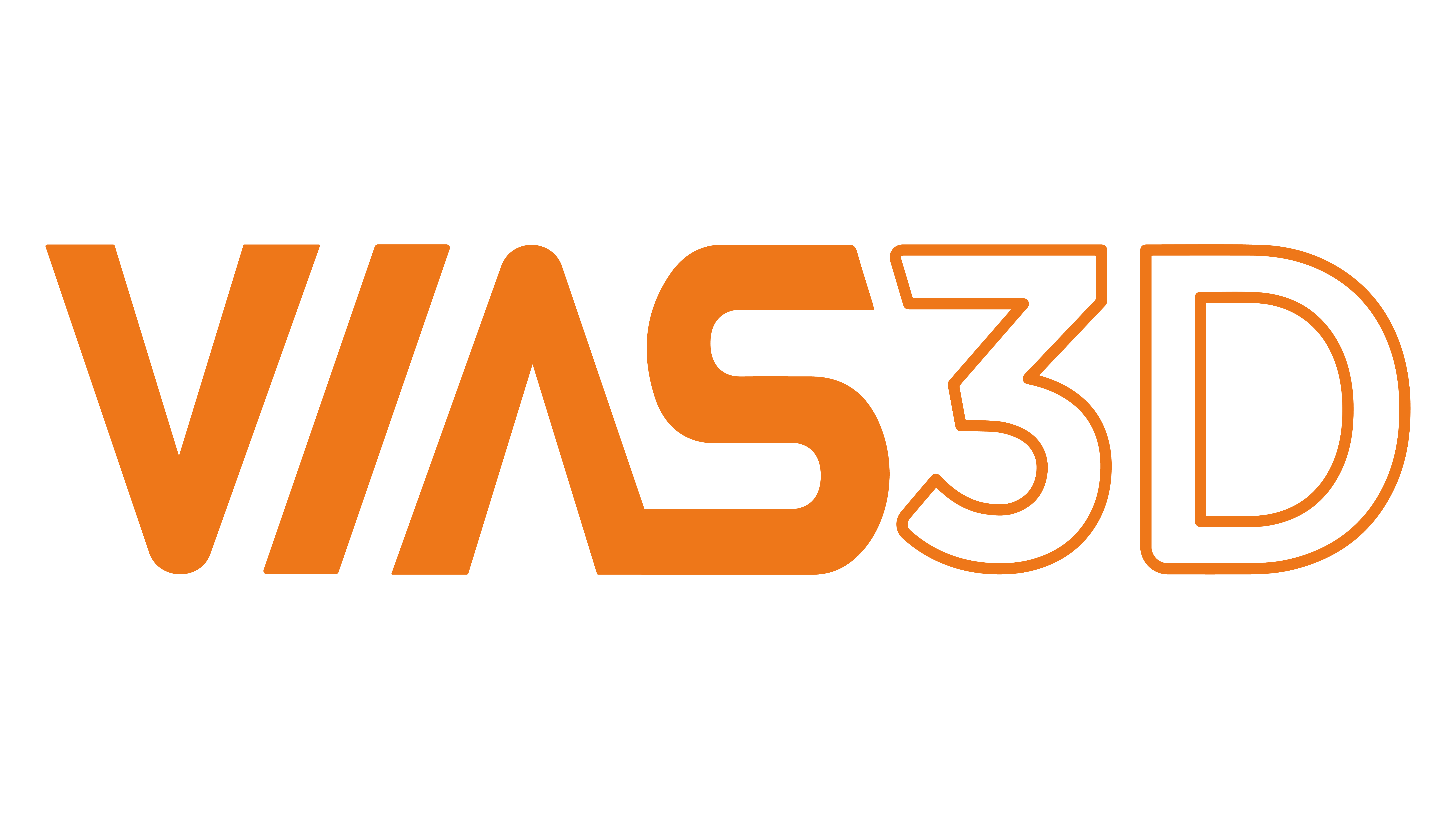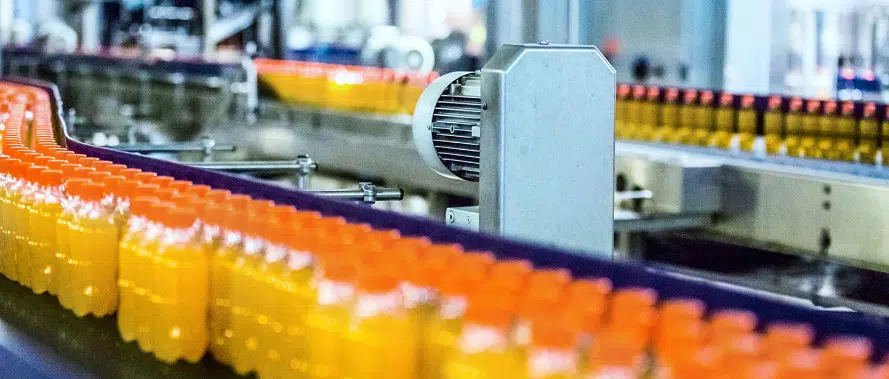Finite element-based simulation has been increasingly used in the last few decades as the main analysis tool in many different fields. Now, in combination with other numerical techniques and tools such as computational fluid dynamics (CFD) and electromagnetics (EMAG), it has been the main basis for the more recent concept of “virtual prototypes”, replacing the existing experimental testing of physical components. Starting in the past from the aerospace and automotive industry, present applications of finite element simulation extend to almost any industry sector such as life science, high-tech, and consumer packaging, and much more.
According to research by Smithers in “The Future of Packaging: Long-term Strategic Forecasts to 2030”, the global packaging market is expected to reach 1.13 trillion in 2030, and the packaging industry in the United States is expected to grow at a compound annual growth rate (CAGR) of 3.5% over the forecast period 2021 to 2026. [1], [2]. The demand for packaging solutions is estimated to continue to grow, owing to a lack of a similar level of replacements that is more cost-effective compared to the currently available solutions. The demand for packaging in the United States will continue to grow even though serious concerns are being raised about its impact on the environment. These concerns can be reduced by applying virtual simulation using finite element-based techniques, that can reduce the amount of raw material and energy used in the packaging, while maintaining strength and resistance to breakage.
Simulating the packaging process using SIMULIA’s Abaqus finite element analysis tool allows designers and engineers to make faster decisions about changes to existing packaging designs, validating new designs, or comparing performance between designs. Virtual testing enables designers to simulate how a new product design will behave at every stage of its lifecycle from manufacturing to transportation. This results in lowered costs, quicker time-to-market, and reduced environmental impact.
Figure 1: Consumer Packaged Good & Retail. Source: 3DS.
About VIAS3D
VIAS3D engineering and simulation team combines decades of analytical and design experience. They have successfully helped to design various products from many industries for strength, stability, rigidity, and fatigue endurance. Our design and analysis capabilities are accomplished through advanced engineering modelling techniques such as Finite Element Analysis (FEA), Computational Fluid Dynamics (CFD), Electromagnetics (EMAG) and other tools.
Using these advanced tools, we can capture complex design features and nonlinearities arising from materials, geometry, and surface interactions to simulate designs and predict their response before they are brought in production.
Please email us at [email protected] or drop a message at: https://www.linkedin.com/in/arinc16/
Contributors:
Georgiy Makedonov, M.S., is an FEA Engineer at VIAS3D has over 4 years of industrial experience in finite element analysis simulation, technical support, and consulting. His professional interest involves designing, developing, and evaluation of rigid pipeline systems, teaching, and FEA analysis using Simulia Abaqus. He holds Master of Science in Mechanical and Subsea Engineering from University of Houston.
References:
[1] Smithers (2020). “The Future of Packaging: Long-term Strategic Forecasts to 2030”. [Brochure].
[2] Mordor Intelligence. “PACKAGING INDUSTRY IN UNITED STATES – GROWTH, TRENDS, COVID-19 IMPACT, AND FORECASTS (2021 – 2026)” [Report].





